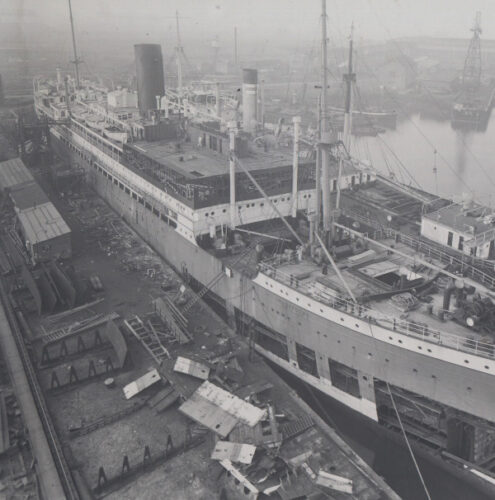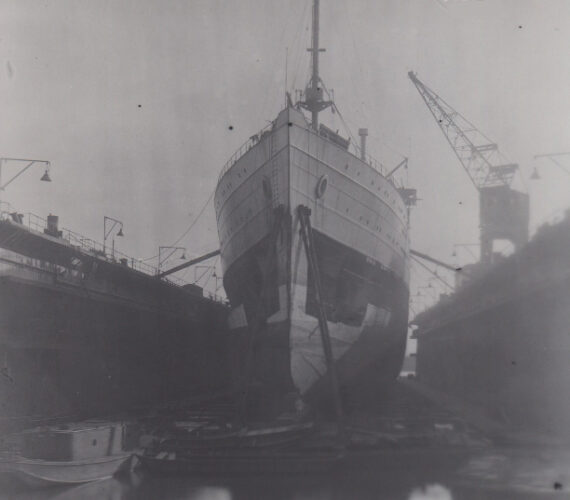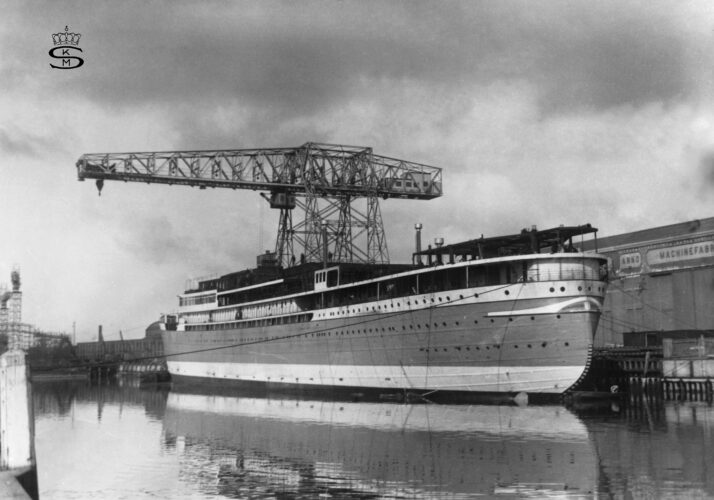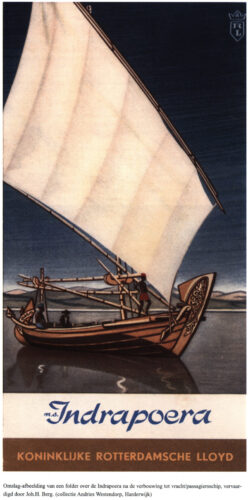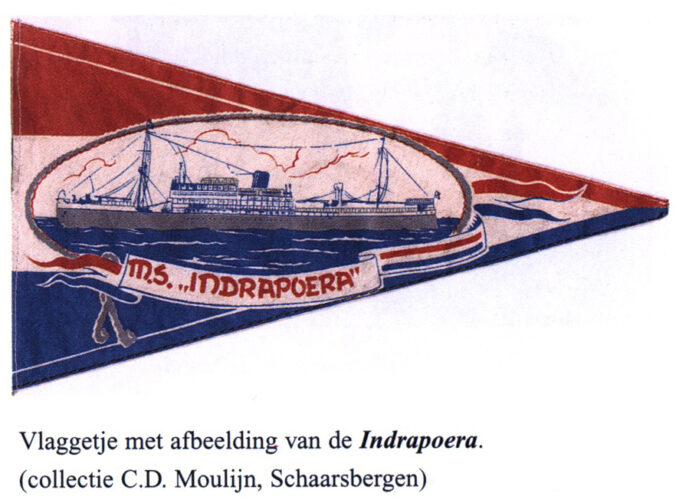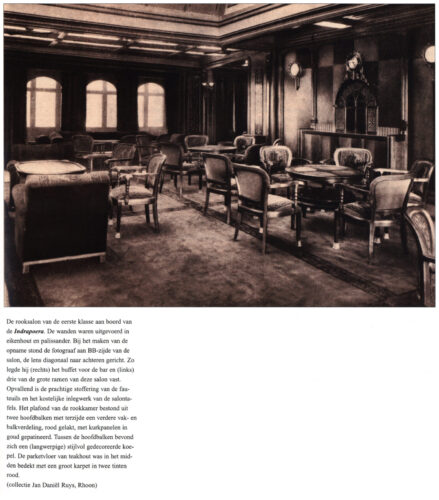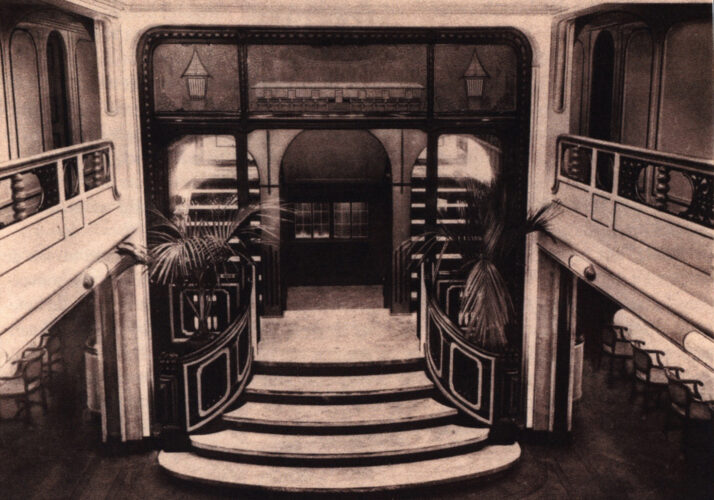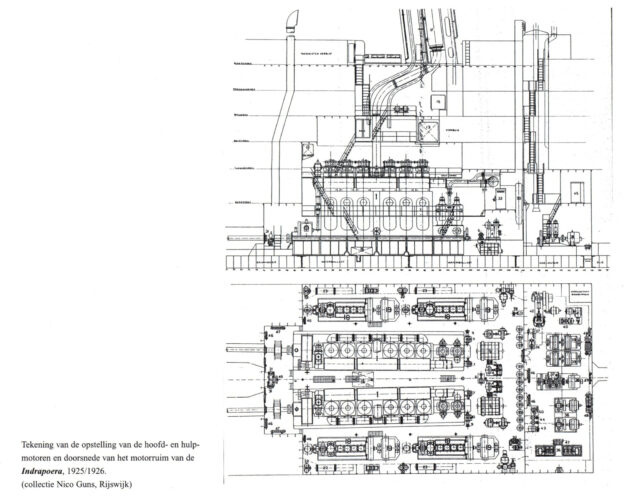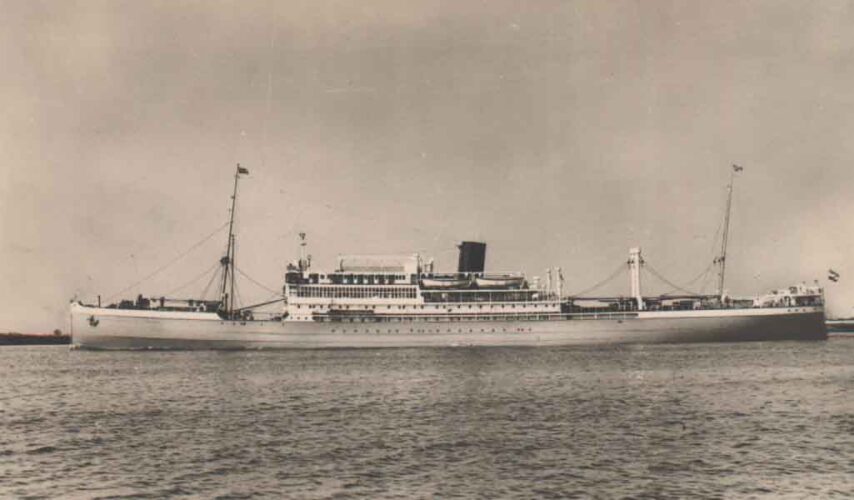A ship that was in service for no less than 37 years. The Indrapoera, one of the palatial ships that De Schelde built for Rotterdamsche Lloyd, survived a raging fire and wartime service, before eventually yielding to an Italian scrapyard in the early 1960s.
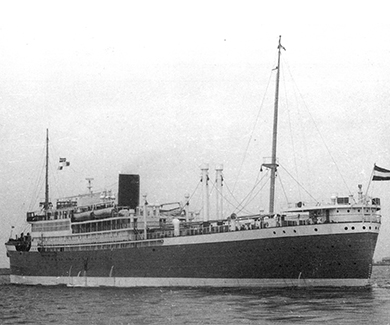 Indrapoera after conversion to a combination ship at the Royal Schelde shipyard.
Indrapoera after conversion to a combination ship at the Royal Schelde shipyard.
“It was a beautiful, stylish and intimate ship,” says Nico Guns about the m.s. Indrapoera, which entered service in 1926. The maritime historian knows all about the iconic ship built by the Royal Schelde shipyard (Koninklijke Maatschappij De Schelde) for more than 4.6 million guilders. The Indrapoera was one of those imposing mail boats that the yard delivered to Rotterdamsche Lloyd from 1914 onwards: Insulinde (1914), Patria (1919), Slamat (1924), Indrapoera (1926), Sibajak (1928), Baloeran (1930), Dempo (1931) and flagship Willem Ruys (1947).
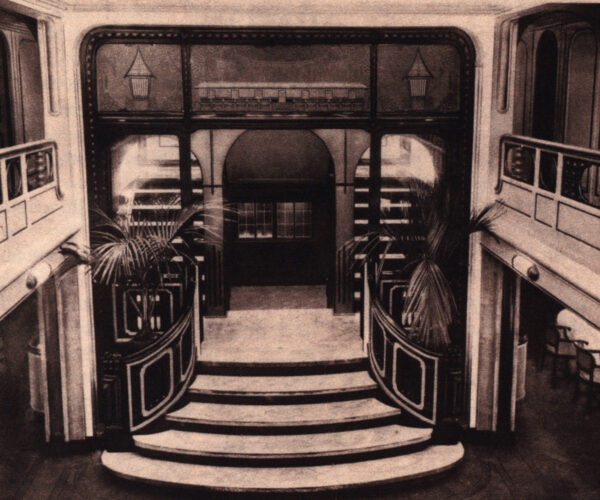 The monumental staircase leading to the first-class dining room (from the collection of Jan Daniël Ruys).
The monumental staircase leading to the first-class dining room (from the collection of Jan Daniël Ruys).
“As the name implies, those mail boats transported mail to and from the Dutch East Indies, a journey that then took around three weeks,” notes Nico. “However, first and foremost, they were luxury passenger ships. The cargo holds were mostly in the lowest parts of the ship close to the engine room, with freight limited to items of mail and expensive cargoes. The Indrapoera was fully equipped to carry a maximum of 437 passengers in accommodation that was divided into no fewer than four classes.”
Named after a Sumatran volcano, the Indrapoera was the first large Rotterdamsche Lloyd ship with diesel engines. “That added to the ship’s popularity. At that time, most shipping was still steam-powered. A diesel-powered ship sailed more comfortably with fewer vibrations than a ship with large steam engines.”
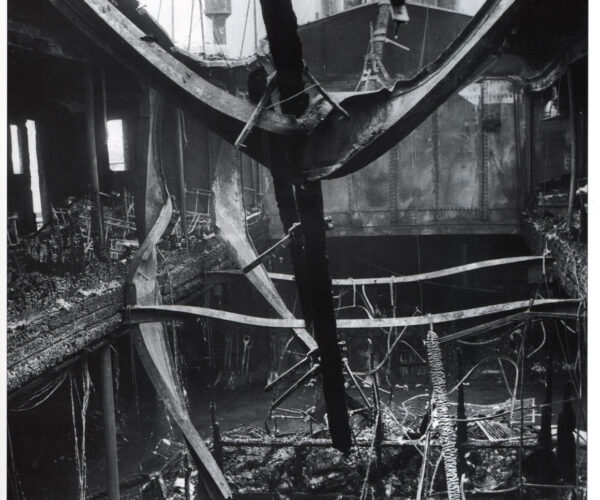
The Indrapoera had her fair share of experiences. After returning from her 28th voyage east, a major fire broke out on board on 29 November 1933. It was a wonder that the whole ship was not destroyed. “The flames were enormous,” says Nico. “One of the Lloyd directors, who was also in charge of the voluntary fire brigade in Rotterdam, helped put out the blaze. The ship was repaired and modernised in no time, heading east again less than four months after the fire.”
It served as a troop ship for the Allies in the Second World War, under the supervision of the British Ministry of War Transport. “It transported many tens of thousands of soldiers as well as equipment, mainly between Asia and North Africa.”
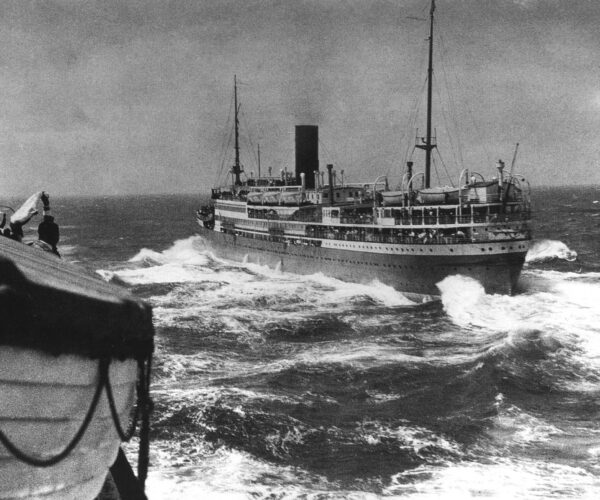 The Indrapoera on the high seas and at full speed (from the collection of J.G. Viétor)
The Indrapoera on the high seas and at full speed (from the collection of J.G. Viétor)
After the war, the Indrapoera was mobilised to transport evacuees from Japanese internment camps and returnees back to the Netherlands, as well as Dutch soldiers fighting in the Police Actions. Around 1950, it was converted into a combination freight and passenger transport ship, able to carry about ninety passengers. “And then, in July 1956, the glory days were over,” says Nico. “The ship was sold to Italy for 2.25 million guilders, serving another seven years for various (Italian and French) shipping companies, before being demolished in Italy in May 1963. The ship had sailed in all kinds of guises for over 37 years. Especially considering how it was used as a troop ship during the war, one can only conclude that it was a ship of ‘Zeeland quality’, living proof of De Schelde’s ability to build phenomenal ships.”


